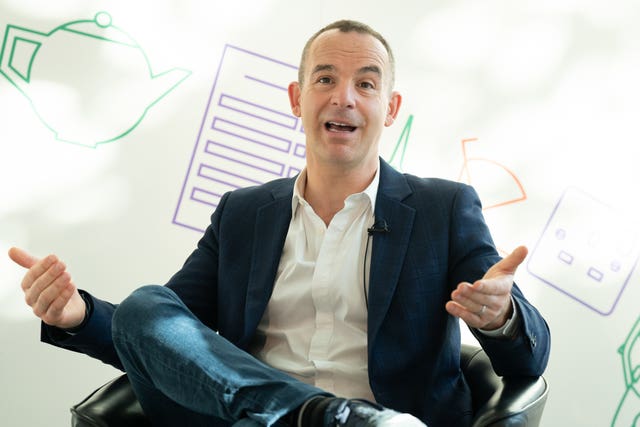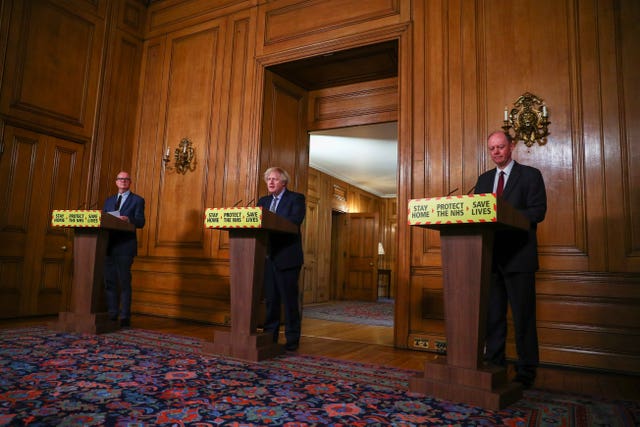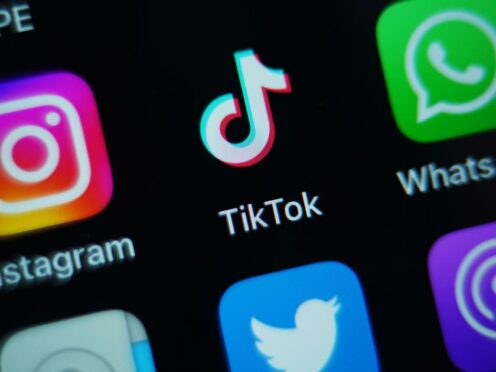The Government needs a TikTok strategy to help combat misinformation directed at young people, MPs have said.
Members of the cross-party Culture, Media and Sport Committee said the Government needed to adapt to new apps and platforms that appeal to young people who are increasingly turning away from traditional sources of news.
The recommendation is part of a wider report published on Friday that calls for more use of “trusted voices” such as scientists and doctors to communicate important information and combat conspiracy theories and other misinformation spreading on social media.

Data from Ofcom said one in 10 people aged between 12 and 15 cited TikTok as their main source of news, while 71% of 16-24-year-olds use social media instead of or in addition to news websites.
A spokesperson from TikTok said they welcomed the recommendation that the Government should engage with the public on whatever social media platform they choose to use.
The committee said: “The recent growth of TikTok and decisions to disengage from or potentially ban the platform demonstrates how swiftly sources of information change.
“New apps and platforms rapidly become major players, shifting audience habits but also fragmenting the sources the public use for information.
“The Government must have a clear strategy for communicating with young people and adapting to the development of new apps and platforms which appeal to this audience.”
During the course of its inquiry, the committee heard from BBC disinformation editor Rebecca Skippage, who said broadcasters needed to be “in those (social media) spaces” and learn from “the disinformation merchants because they are extremely good at getting people’s attention”.

MPs also heard from consumer champion Martin Lewis, who said he had started using TikTok in response to “balderdash” produced by other users of the platform.
TikTok has become a cause for concern for the Government over recent years, with security concerns leading to the app being banned from official electronic devices and the UK Parliament’s network.
Some Whitehall departments continue to use TikTok, with Defence Secretary Grant Shapps being a noted enthusiast for the platform, although his spokeswoman said he does not use it on official devices.
Following the decision to ban TikTok from Government devices, Mr Shapps’ spokeswoman said: “He is concerned that representatives of the people who deliberately choose not to engage with the public on the platforms that they actually use are unlikely to continue to represent these voters for long.”

Along with developing a strategy for engaging young people on the platforms they use, the committee urged the Government to make more use of “the vast number of experts it employs”, building on the role played by Sir Chris Whitty and Sir Patrick Vallance during the Covid-19 pandemic.
They also called for the Government to be more transparent in publishing the evidence it used in making policy, especially in areas that are frequently subject to misinformation, in an effort to boost trust.
Committee chairwoman Dame Caroline Dinenage said: “With the spread of misinformation on social media remaining a very real problem, it’s more important than ever that communities across the country have access to accurate and authoritative information that is communicated in an open and relatable way.
“There are lessons to be learnt from the pandemic where scientists played a critical role in communications.
“The Government is missing a trick in not giving them a larger public role in the battle to counter misinformation.”
A Government spokesperson said: “We use a range of channels to reach people directly on the platforms they spend the most time on.
“This includes through marketing on digital and social media platforms, including those which attract younger audiences.
“Once implemented the Online Safety Act will also help tackle the root cause of disinformation by requiring social media platforms to swiftly remove illegal misinformation and disinformation as soon as they become aware of it.”
A spokesperson from TikTok said: “Millions of people come to TikTok to be entertained and informed, so we take down harmful misinformation, provide authoritative content through initiatives like election centres and our new Science, Technology, Engineering and Maths feed and also run media literacy campaigns to help our community tell fact from fiction.
“More and more politicians and public bodies are joining TikTok so that they can provide users with reliable information about their campaigns, causes and policies, so we welcome this report’s recommendation that the Government should engage with the public on whatever platform they choose to use.”
